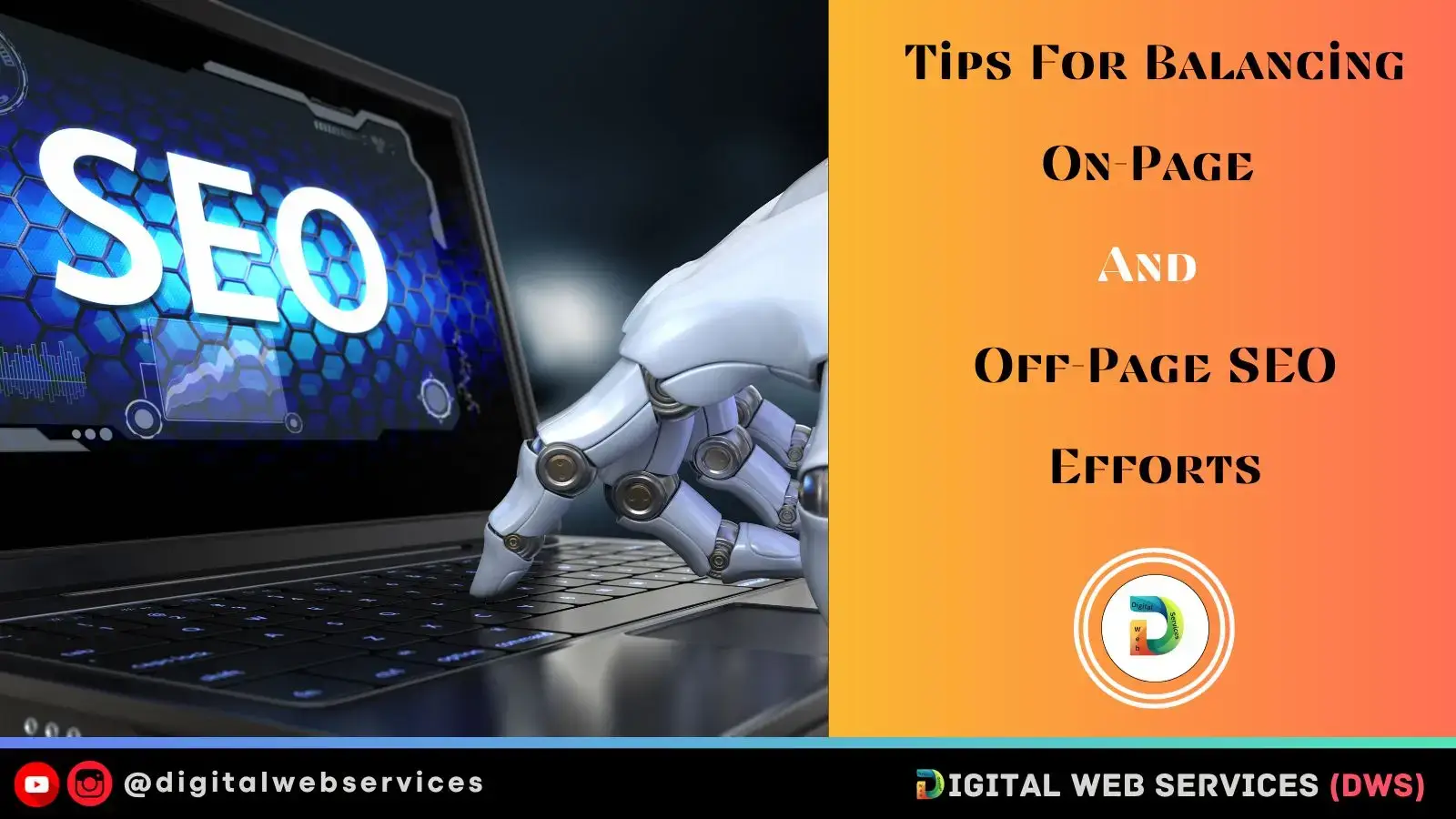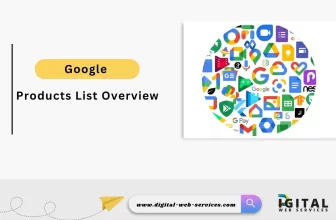
These days, businesses focus on improving their online visibility through various tactics. In this quest, search engine optimization (SEO) emerges as a crucial ally.
The foundation of a sound SEO strategy rests on two pillars: on-page and off-page SEO. Both elements are essential for enhancing a website’s presence in search results, boosting traffic, and ensuring user satisfaction.
Striking the right balance between on-page and off-page SEO is crucial in achieving tangible results. It’s akin to walking a tightrope, where veering too much in one direction can lead to lost opportunities.
To succeed, consulting a trusted SEO agency is essential. Nevertheless, let’s explore the practical tips for harmonizing on-page and off-page SEO efforts.
Master Your Keywords
Keywords are the backbone of a solid SEO strategy, but there’s more to them than meets the eye. Hint: it’s not just about picking the right words. Here’s what you need to know:
- Long-Tail Keywords: Generic keywords might have tons of search volume. But they’re also super competitive. Instead, focus on long-tail keywords. They’re more specific and can cater to a niche audience.
- Placement Matters: You’ve got your keywords, great! But where should you place them? Headers, meta descriptions, and throughout your content are key areas. However, don’t overdo it to ensure your content reads naturally.
- Synonyms: Search engines are getting smarter every day. They understand that when you talk about ‘apple,’ you might not necessarily mean the fruit. Don’t be afraid to sprinkle in synonyms and related terms.
Mastering keywords isn’t just a one-off task. It’s a continuous journey of understanding, implementing, and refining.
Optimize Your Content: Quality Over Quantity
While having a lot of content might make your website look busy and full, what truly matters is the richness of the content you present. Here’s why:
- Trustworthiness: When you prioritize quality, your readers can immediately tell. They’re more likely to trust your content, see you as an authority in your field, and keep coming back for more.
- Better Engagement: Top-notch content keeps readers glued to the screen. They’re more likely to engage, share, and comment, turning them from passive readers into active participants.
- Increased Visibility: Search engines like Google are getting smarter day by day. They can tell the difference between fluff and substance. High-quality content is more likely to rank better in search results.
So, instead of churning out content just to fill the space, take a step back, focus on quality, and watch your SEO efforts pay off.
Engage On Social Media
You’ve probably heard this a million times: engage with your followers! But what does that mean, and why is it crucial for your SEO efforts?
- Why Relationships Matter: Building genuine relationships on social media can skyrocket your brand’s reputation. When you connect with followers, they’re more likely to trust you, share your content, and even become loyal customers.
- Sharing Is Caring: Shared content can lead to more organic backlinks, boosting your off-page SEO game. It’s a snowball effect. More shares mean more visibility, leading to potential backlinks and mentions.
- Be Authentic: Here’s the thing: you can spot a fake from a mile away, and so can your followers. Don’t be that brand that only pops up to promote something. Engage in conversations, reply to comments, and genuinely be present.
This strategy will not only elevate your brand’s presence but will also serve as a powerful tool in your SEO arsenal. Listen, engage, and watch the magic unfold.
Ensure Technical Excellence
So, you’ve got engaging content, and you’re working on building those important backlinks. Great! Now is the right time to get technical. Here’s what you should know:
- Site Speed: A site’s loading time is crucial for user experience. Search engines recognize it and reward faster websites with better rankings. Tools like Google PageSpeed Insights can inform you about what might be slowing your site down.
- Mobile Responsiveness: Your website needs to look and function well on mobile devices. Not only does it improve user experience, but Google also prioritizes mobile-friendly sites. So, you want to ensure your site is mobile-friendly.
- URL Structure: Have you ever seen a URL that’s a jumble of letters and numbers? Not user-friendly, right? A concise URL structure not only helps users but also makes it easier for search engines to understand and index your content.
Content might be king, but the technical backbone of your website is the unsung hero. By ensuring your site’s technical health, you’re setting yourself up for SEO success.
Final Thoughts
Balancing on-page and off-page SEO doesn’t have to be an overwhelming juggling act. Think of it more like crafting a delicious recipe. You need the right ingredients in the right proportions.
By integrating these strategies, you’ll find your website not only ranking higher but also delivering a better experience for users. So, put on that chef’s hat and cook up some SEO success!
Digital Web Services (DWS) is a leading IT company specializing in Software Development, Web Application Development, Website Designing, and Digital Marketing. Here are providing all kinds of services and solutions for the digital transformation of any business and website.










